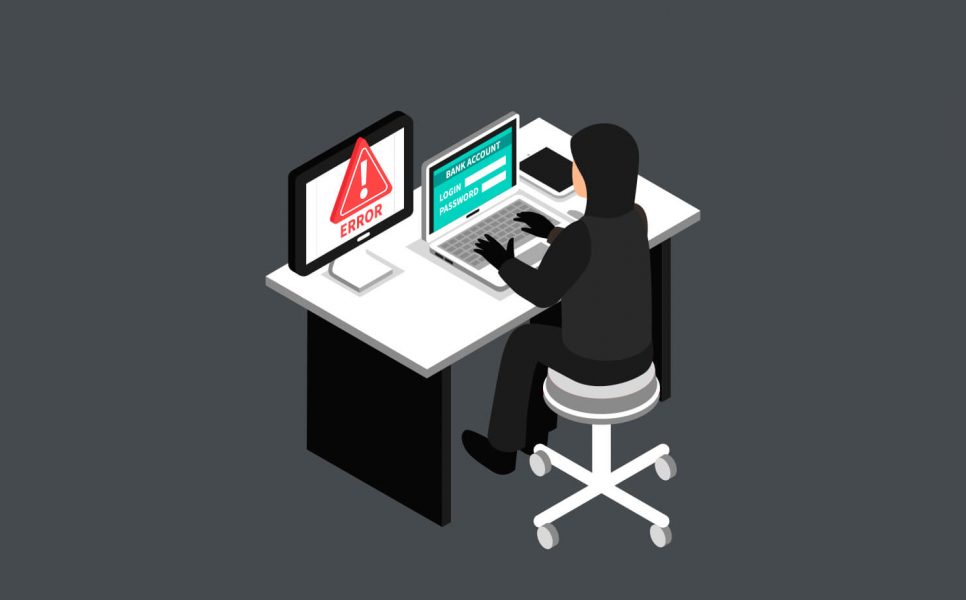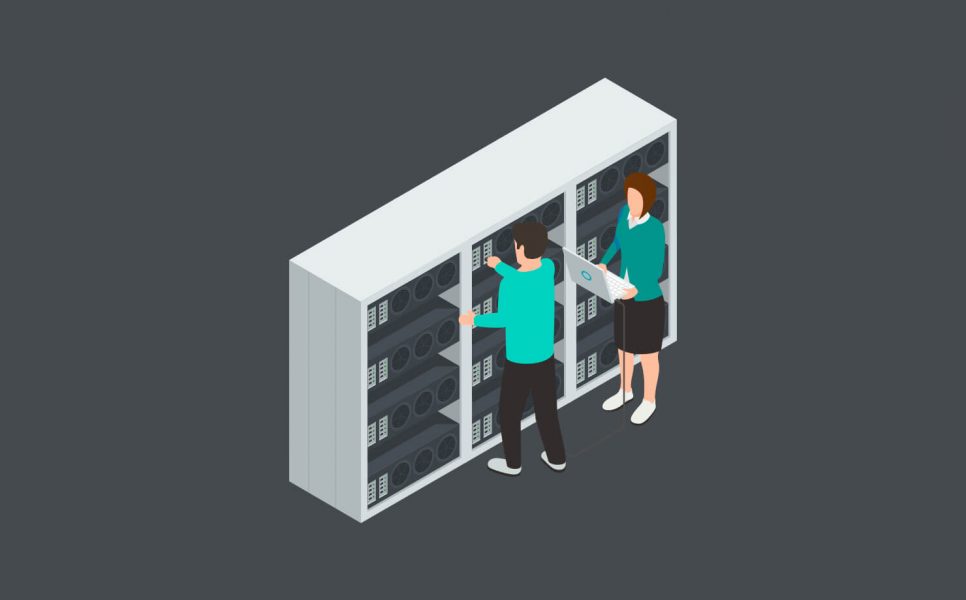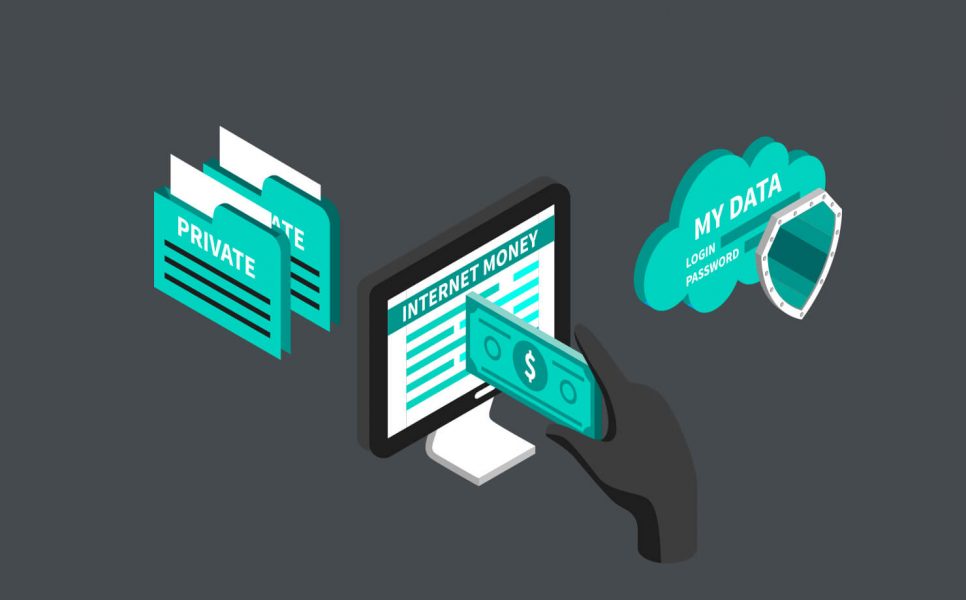The year 2023 is the richest for the ransomware cases. Given the many daily recorded cyberattacks with the aim of extortion, as well as the largest ever WannaCry attack based on the work of the same ransomware, we simply cannot stay away from this problem. In this article, we will thoroughly study the principles of the ransomware operation and tell about how to protect from crypto virus without paying a ransom to attackers. So, how to deal with ransomware?
What does ransomware mean and how does it work?
What does ransomware mean? Ransomware is a special kind of fraudulent software that encrypts or blocks data from third-party users without their knowledge, making it impossible to access them without paying the required monetary compensation. Thus, this type of malware can work on two principles: either blocking access to the desktop or simply encrypting all data stored on your PC. In the second case, criminals offer to send a key that will allow you to decrypt your files in return for a certain amount of money (usually in a cryptocurrency, such as bitcoins). The aggravating factor of such malicious software is the time limit for making payments (which in turn increases the degree of psychological pressure provoked by the situation), as well as the absolute impossibility of decrypting or unblocking data without using special software tools. It is very important to understand that your private information is not just unavailable to you: most likely, it is completely open to cyber criminals. Therefore, all the passwords and secret files stored on the hard drive of your PC are likely to be stolen by intruders.
Note also that lately a special kind of ransomware has been widely used, which uses a hard disk partition that is responsible for booting the OS issuing a message about the impossibility of logging in till the terms of the hacker who created it would be satisfied. For example, the infamous Petya A virus, which disrupted many known websites around the world in June 2017 (although its main activity was concentrated within Ukraine), works by this principle. Despite the fact that hackers who massively introduced this virus did not demand any ransom, it caused considerable damage to the activities of many successful business organizations.
The peculiarity of ransomware can be attributed to the impossibility of their recognition even by the most top antivirus programs to this date. This is due to the use of anti-sandbox mechanisms, as well as tools that allow the sender to remain anonymous.
Unfortunately, malicious activity of ransomware is not limited to demanding a ransom for unlocking user data. Once settled in the operating system of your PC, this software can infect other computers from your local network, and also include them in the botnet in order to subsequently commit DDoS attacks to large and well-known commercial websites.
Let's review our take on database security standards, threats, measures, and best practices.
How does ransomware get into your system?
In most cases, the main idea of implementing this type of malware lies in the following three simple steps for an experienced hacker.
Step One: interact with the user. An ordinary PC user receives an email message from an unknown sender that contains a link or an attached file (it can have a completely ordinary format, for example, .doc but at the same time contain an invisible picture attachment that, in turn, will be accompanied by a special program code indirectly provoking further disruption of normal operation of your OS). Otherwise, a user can visit a certain website that automatically exploits vulnerabilities in your system for subsequent fraudulent activities.
Step Two: interact with the user’s PC. Having received the portion of malicious code, your PC will automatically set a link to the server which was previously created by hackers via an Internet connection.
Step Three: interact with the user’s data. After a short period of time, special files are sent to the user PC, which will subsequently block the system or encrypt your data.
Note that, as a rule, all these processes take no more than a few minutes, so it is almost impossible to protect your PC in the intermediate stage of infection.
Deep security ransomware: how to prevent the infection of your PC
Now we proceed to consider deep security ransomware tips. In order to protect your data from intruders access, it is enough to stick to some simple guidelines. So, let’s start to consider them.
- Perform daily backups of data in one of the cloud services and on a removable hard disk;
- Update the OS and related software (especially for antivirus programs) regularly;
- Use only the guest profile on the PC (laptop, tablet and in any other places where important files are stored) on a permanent basis;
- When connecting to a new network, set “Public network” in the access parameters;
- Disable macros in the security center of your OS;
- Remove obsolete plug-ins, as well as Adobe Flash, Adobe Reader, Java and Silverlight plug-ins (in case of an urgent need to use them, it is recommended to configure the settings in the browser for one-time activation);
- Disable advertisements and push-notifications in the browser;
- Do not open messages from spam and from unknown senders (moreover, do not click on links in these messages and do not open or download files in the attachment to them);
- Install an approved, automatically updated antivirus that analyzes traffic in real time (as a rule, such antiviruses are paid).
How to protect from crypto virus and decrypt your files?
Let us consider that your computer is locked by a virus. In case of a complete blocking of the operating system, we recommend contacting cyber security specialists. If your data is just encrypted, try to come out of the situation yourself. Do not get upset and hurry to accept the terms of the ransom. If you have enough time and your PC contains files that do not carry any financial value to the attackers, try using the services listed below, which are provided by some of the best antivirus developers. They may help you decrypt your data without third-party assistance:
- Avast
- Noransom
- Mcafee
Need a certain developer?
Use our talent pool to fill the expertise gap in your software development.











